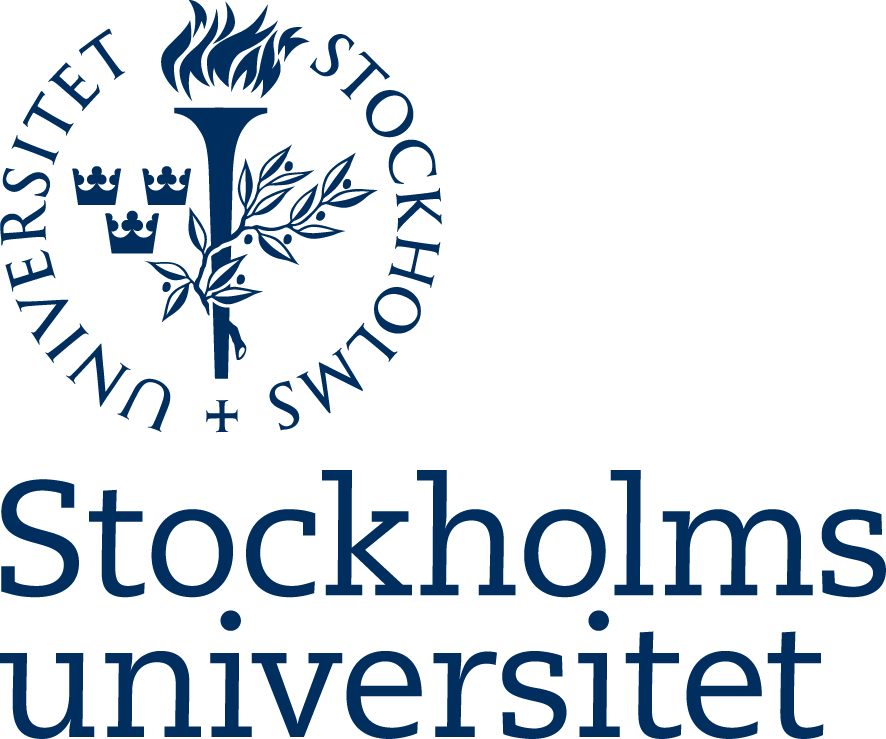

Stockholm University
Stockholm University (SU) was founded in 1878, following the establishments of Karolinska Institutet (KI, 1810) and the Royal Institute of Technology (KTH, 1827). Other higher educational institutes (HEIs) were also being established at around the same time in Stockholm, leading to a landscape of a multitude of HEIs each covering one academic speciality with SU being the only one having multiple faculties. The Swedish government, as well as many within the academic community, wanted Stockholm's HEIs to join forces as a single university in the mid-1950s, as had been done rather successfully in Gothenburg by the establishment of the University of Gothenburg in 1954 (mergers continued until 1977). However, due to a set of events, described on pages 19-20 (pdf pages 12-13) in the anniversary book, the similar process in Stockholm never came to a completion. Thus, there is no medical faculty at SU; this is instead a separate university. Likewise, there is no engineering faculty at SU. The main campuses of the three universities, SU (multi-faculty), KI (medical faculty) and KTH (engineering faculty) reside within a small distance of each other, only a few kilometres, and can essentially be considered to share the same campus area.
Stockholm University was always ranked a top-100 university during my years as Dean and Vice President (2012-2022). There has been a dip following the pandemic, but during my tenure as Vice President (2015-2022) the ARWU ranking was around 70-80 globally. For example, three Swedish universities were recently (2020, at the onset of the pandemic) ranked top-100: Karolinska Institutet 45, Stockholm University 69 and Uppsala University 77. The reason for the rankings of Stockholm-based universities not being higher is the failed merger process explained above.
Internationally, the three universities SU, KI and KTH – colloquially called the Stockholm Trio – often act as a single entity, with the collaboration agreement with Tokyo University being a case in point since it was specifically looking for a partnership with a top-10 university in the world. Thus, from an international perspective, it makes sense to view the Trio as the single entity it was supposed to be already more than half a century ago. To that effect, a study was made in 2017 to see where the Stockholm Trio alliance positions itself on the scientific world scene. The study revealed that the Trio would be number nine in the world on the ARWU ranking (which is the only global ranking system that publishes its criteria, thereby enabling simulations) and number three in Europe after Cambridge (3rd) and Oxford (7th).

Read chapters from the Faculty of Social Sciences 50th anniversary book here
Or read about the history of the Faculty of Social Sciences here

![]()

![]()
![]()